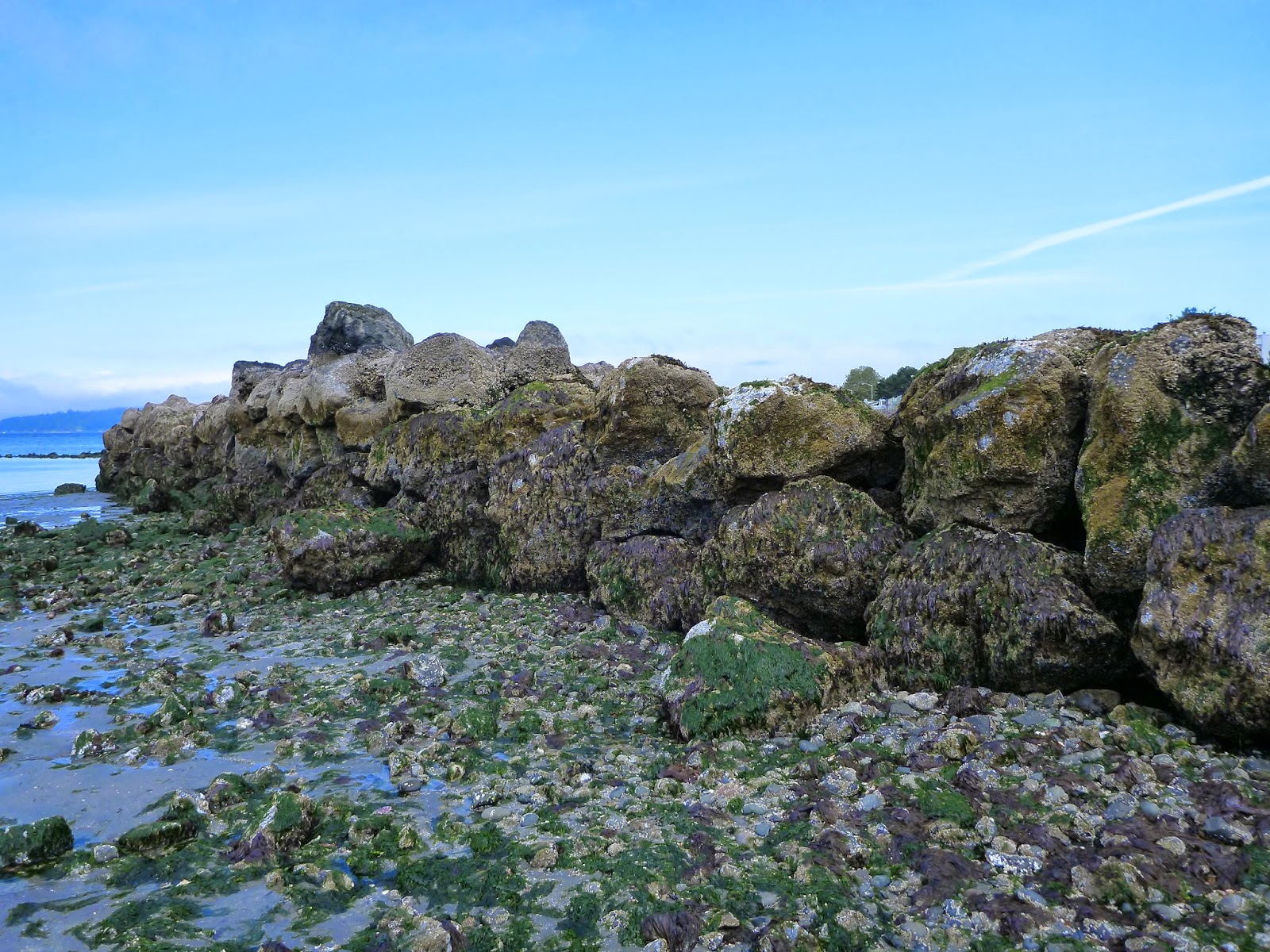Puget Sound is seeing an annual population explosion of Jellyfish in June. This is not abnormal.
Jellyfish for the most part have a life cycle that includes a sedentary stage followed by asexual reproduction where the medusa (the jellyfish everyone sees) bud off from the sedentary form...
this usually takes place in the Spring when there is plenty of food in the water column for the newly formed medusa. The medusa stage reproduces sexually with eggs and sperm which meet in the water column and form the next stage which will settle to the bottom and develop into the sedentary stage and then it starts all over again next Spring. The medusa stage usually lives only the one season.
Presently people are reporting lots of jellyfish in the water around Duwamish Head in Puget Sound.
While there are lots of species in the plankton now, most are quite small and not easily seen.
There are two species quite common now that are easily observable...The large Fried-egg Jellyfish and the smaller Water Jellyfish. The Water Jellyfish (
Aequorea spp.) is much more common and its easy to count dozens from one viewpoint on a dock. The much larger Fried-egg Jellyfish (
Phacellophora camtschatica) feeds on other jellyfish and the Water Jellyfish is a favorite prey item.
email.jpg) |
| Fried-egg Jellyfish |
 |
Water Jellyfish
|












+mating+6-15-14+em.jpg)
+penis+6-15-14.jpg+2crop.jpg)

.JPG)
.JPG)
.JPG)
.JPG)
+em.jpg)
.JPG)
.JPG)

.JPG)

email.jpg)
